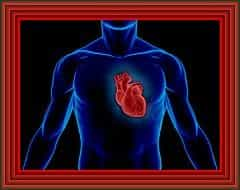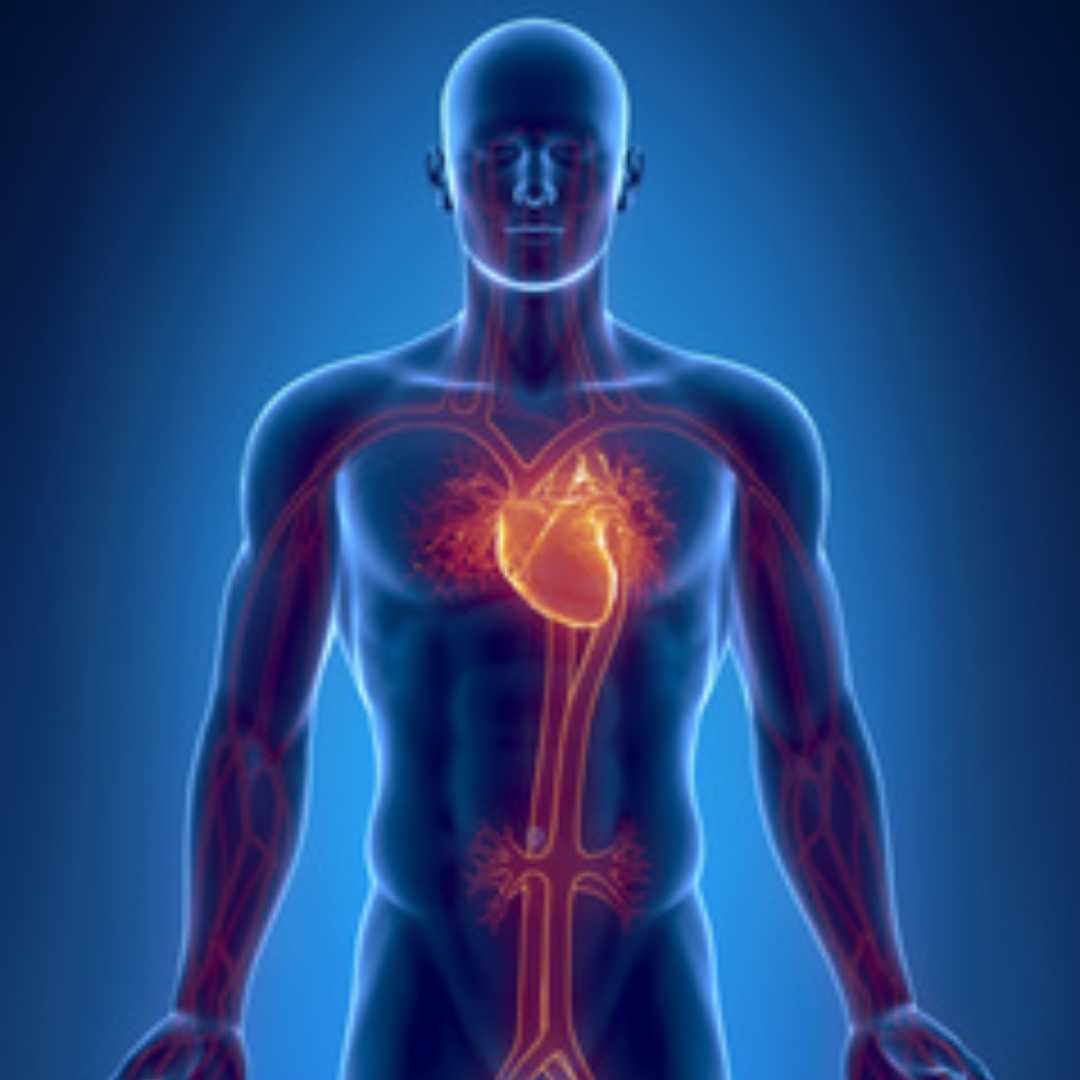What Do You Know About Heart Failure?
According to recent statistics, nearly 6 million Americans alone are diagnosed with heart failure, defining a condition when the heart isn't able to pump adequate amounts of blood to the body. According to the World Health Organization (WHO), nearly 17 million people around the world die of heart disease on a yearly basis.
 One of the leading causes of death when it comes to cardiac issues, on a global perspective, is strokes and heart attacks, which increase a person's risk of death from coronary heart disease and/or cerebrovascular disease. These numbers come from around the world, including Western Pacific regions, Southeast Asia, Africa, Europe, the Eastern Mediterranean and the Americas. They’re alarming.
One of the leading causes of death when it comes to cardiac issues, on a global perspective, is strokes and heart attacks, which increase a person's risk of death from coronary heart disease and/or cerebrovascular disease. These numbers come from around the world, including Western Pacific regions, Southeast Asia, Africa, Europe, the Eastern Mediterranean and the Americas. They’re alarming.
Unfortunately, the most common signs and symptoms of heart failure mimic other conditions, including aging, often leading to delays in diagnosis, treatment and poor prognosis for individuals.
Increasing your Risk for Heart Failure
Two major contributing factors often lead to a diagnosis of some form of heart disease: an unhealthy diet and physical inactivity. High blood pressure, smoking, high cholesterol, obesity, and diabetes also contribute to an increased risk of developing or being diagnosed with some form of heart disease, including congestive heart failure.
One of the greatest risk factors to cardiovascular issues, and the most avoidable, is smoking. According to the World Heart Federation, approximately 10% of all cardiovascular disease cases are caused by smoking, followed closely by high blood pressure. On a global level, tobacco causes approximately 6 million deaths yearly. Merely chewing tobacco can more than double a person's risk of heart attack, but amazingly, consumer awareness of the link between cardiovascular disease and smoking is extremely low in many areas.
PlacidWay, a US-based international resource and medical provider, is striving to increase awareness of heart failure, heart disease and strokes caused by a variety of lifestyles and risk factors, and make people understand the importance of heart care. Education is key into reducing the alarming number of individuals on a global basis diagnosed with conditions such as congestive heart failure, myocarditis, endocarditis or pericarditis as well as cardiomyopathy, all relatively common forms of heart disease.
Don't Miss the Signs
Heart failure, also known as congestive heart failure, is an inability of the heart to keep up with the demands of providing oxygenated blood to all parts of the body. Knowing the warning signs of heart failure may increase the chances of a timely diagnosis. Some of the most common signs, however, mimic other illnesses, or even aging processes, including the following:
- Shortness of breath - especially during activity, or may occur while sleeping or at rest. This shortness of breath is caused by blood backing up in the pulmonary veins (these vessels return deoxygenated blood back to the heart).
- Fatigue - feeling tired all the time.
- Edema - accumulation of fluid in the tissues results in swelling or edema, most commonly noticed in the feet and ankles. This buildup of excess fluid is caused when blood returning to the heart through the body's veins backs up, as well as overburdens the kidneys in their effort to excrete excess water and sodium in the body.
- Ongoing coughing or wheezing - coughing a whitish or pinkish tinged mucus is caused by fluid buildup in the lungs, in turn caused by blood backing up in the pulmonary veins. Because the heart is struggling to keep up, excess fluid leaks into the lungs.
- Increased heart rate - heart palpitations are a common symptom of heart failure, felt as throbbing or racing, and then calming down, of the heart muscle. The heart palpitations are caused when the heart attempts to catch up, or beat faster for its loss in pumping function or capacity.
Prevention and Treatment
Damage to the heart muscle cannot be reversed, but through education and awareness, people can take steps to prevent heart failure and to reduce the risk of worsening conditions. A number of approaches to managing and even preventing heart failure include positive lifestyle changes, possible medications, and in some cases, surgery.
Most importantly, be aware of your risk or risk factors that may contribute to heart failure or other cardiac issues. For more information regarding the prevention, diagnosis and treatment of cardiovascular issues including heart failure, visit PlacidWay.com.


















Share this listing